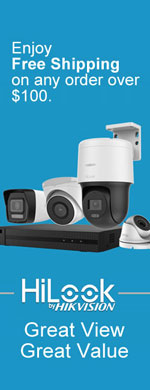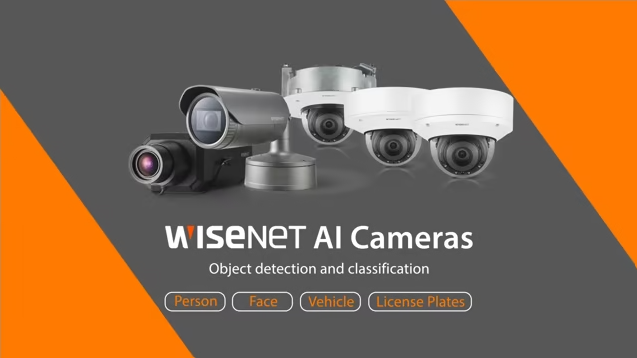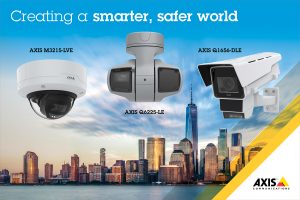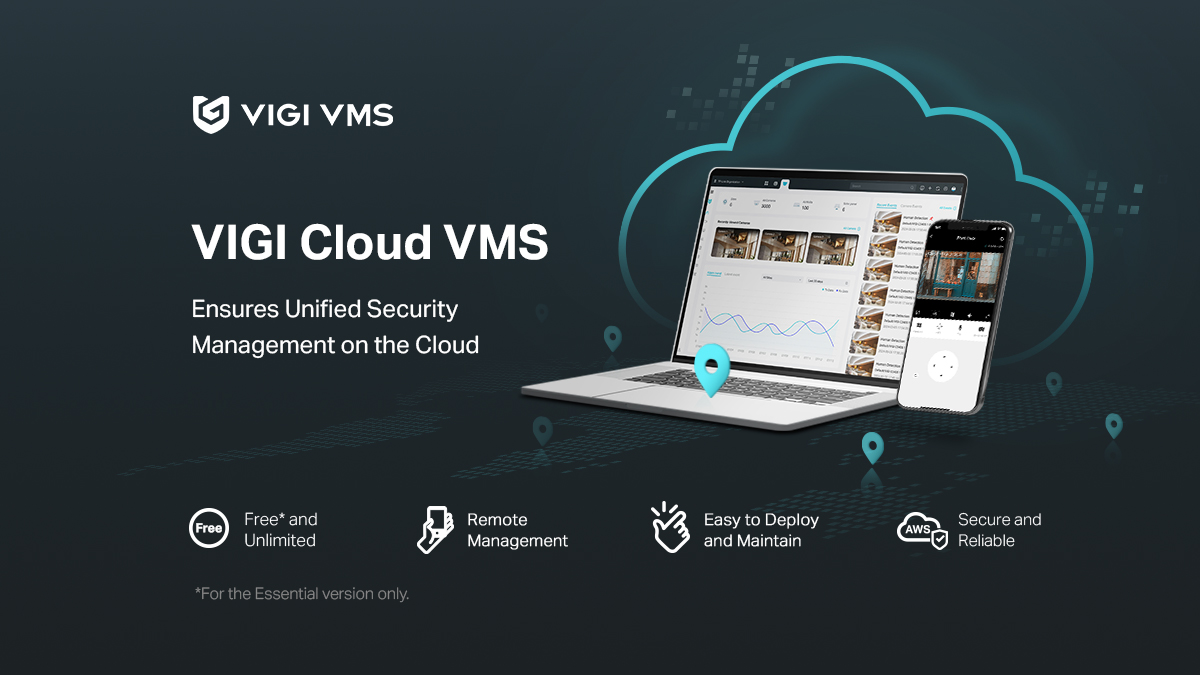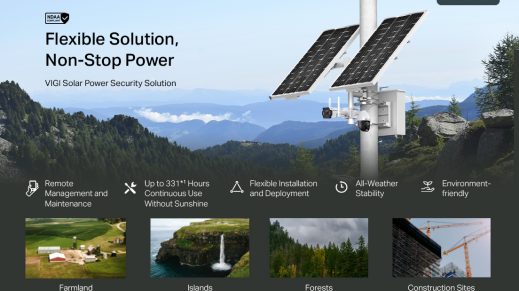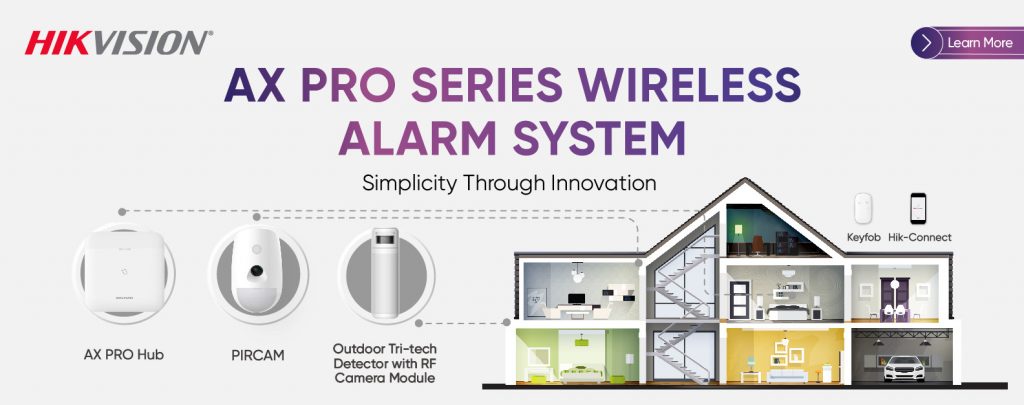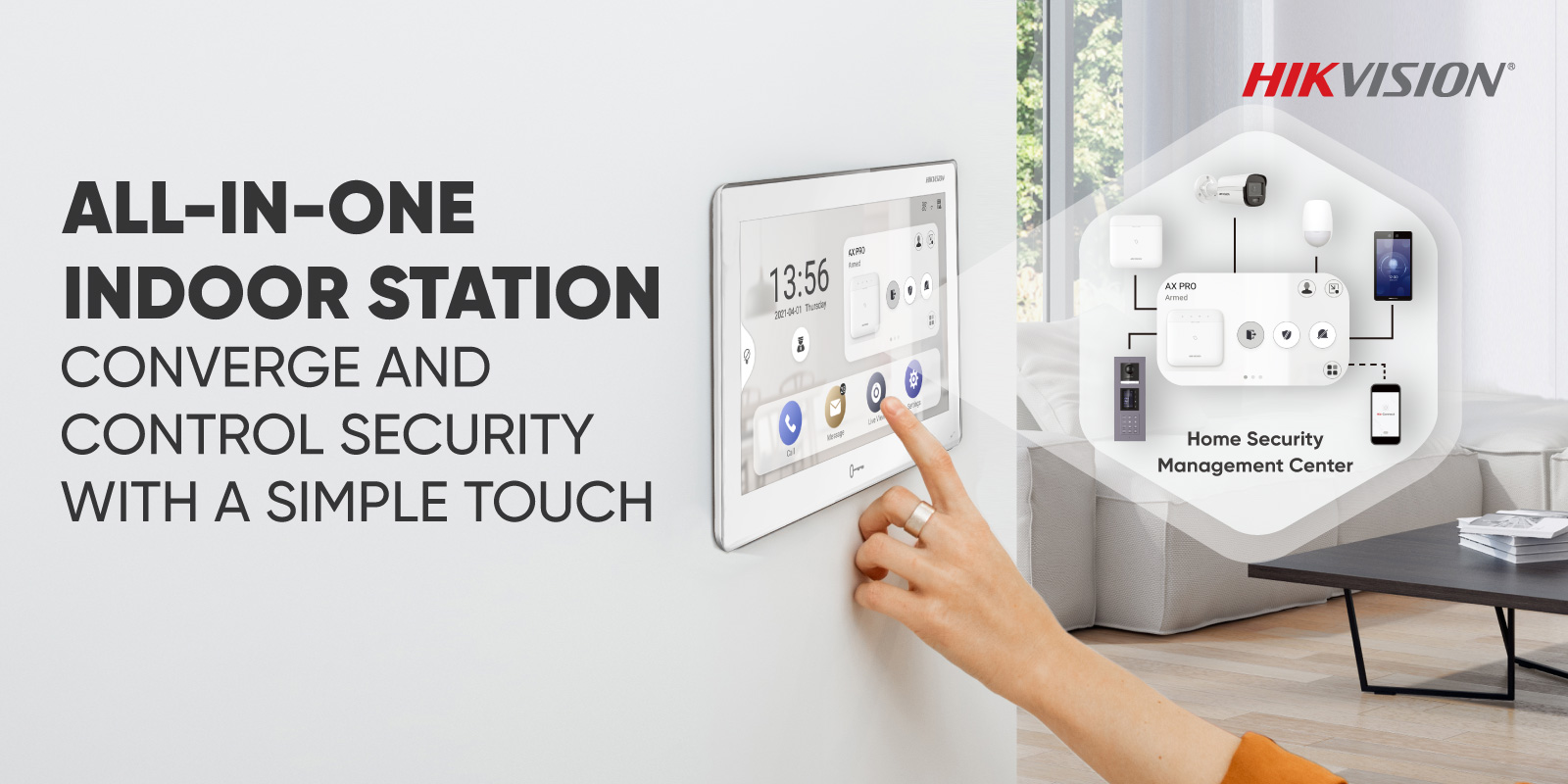No products in the cart.
CCTV Kit Buying Guide – How to Choose the Right Amount Of Cameras
When choosing a CCTV kit, there are several important factors to consider. Each of these will influence how effective your security system is and how well it suits your property. Below, we’ve broken down the key areas to think about before making your choice.
1. Property Size & Coverage Needs
Small homes / units: For smaller properties, a 2–4 camera kit is usually enough to provide comprehensive coverage. These systems, often running at minimum 4MP-6MP resolution, are best for keeping an eye on your front door, driveway, and backyard. Because smaller properties don’t have as many blind spots, fewer cameras are needed, making this option cost-effective while still delivering good security.
Medium homes / townhouses: Medium-sized properties often have larger frontages, backyards, and multiple entry points that need to be covered. In this case, a 4–6 camera system is typically recommended. A higher resolution in the 6MP – 8MP range ensures you capture detail across wider areas. This level of clarity can be the difference between simply detecting movement and actually identifying faces or licence plates.
Large homes / commercial spaces: Bigger properties and commercial sites demand more cameras and higher resolutions. A 6–12 camera kit, paired with 8MP (4K) and above resolution, provides both the wide coverage needed and the level of detail required for high-security areas. In large environments like warehouses, offices, or expansive homes, this setup helps ensure no area is left unmonitored.
2. Frontage & Layout
Wide frontages or corner blocks: Properties with wide street frontage or corner positions often face increased exposure. This means more entry points to cover and more ground to monitor. Higher resolution cameras (6MP+) are ideal here because they can capture more detail across a broad field of view. This ensures that even if an event happens further from the camera, the footage will still be sharp and usable.
Narrow lots or smaller townhouses: In compact spaces, the number of cameras needed may be lower, but placement becomes critical. Driveways, side entrances, and backyards should be carefully covered to eliminate blind spots. In these cases, it’s less about sheer camera count and more about strategically positioning them where intruders are most likely to enter.
3. Residential vs. Commercial Use
Residential: Homeowners generally need to secure entrances, driveways, and backyards. While lower megapixel systems can work, opting for minimum 4–6MP cameras provides a balance of affordability and detail. This makes it easier to recognise people approaching your property, especially in low-light conditions. Since most residential areas don’t require ultra-high-definition coverage everywhere, a modest resolution can still deliver excellent protection.
Commercial: Businesses, shops, and offices have broader coverage needs. Large floor areas, multiple access points, and staff/customer interactions make high-resolution (8MP/4K and above) systems a smarter choice. With more detail, these systems can provide crucial evidence in the event of theft, disputes, or liability claims. Commercial sites also typically need longer recording retention, so pairing high-resolution cameras with a large NVR is highly recommended.
4. Megapixel Choice
2MP–4MP (1080p–2K): These resolutions are affordable and perfectly adequate for small properties where you only need general monitoring. While they may not capture every fine detail at longer distances, they’re more than enough for detecting activity at your front door, in a small yard, or in a compact driveway. The lower storage requirements also make these systems easier to manage and more cost-effective overall.
6MP (Super HD): This level offers an excellent balance between image quality and cost. A 6MP system provides significantly sharper detail than 4MP, which is especially useful in medium to large residential properties. With greater clarity, you’re more likely to identify faces or licence plates even when objects are further from the camera. While storage needs increase, the jump in quality is worth it for those who want reliable evidence without the higher price tag of 4K.
8MP (4K Ultra HD): The gold standard for CCTV systems, 8MP delivers incredibly detailed images. This is ideal for large homes, commercial properties, and high-security areas where clear identification is critical. Whether it’s spotting faces in a crowd or reading a number plate at a distance, 4K systems provide unmatched clarity. They do require more storage and stronger network capacity, but for those who want the best possible security, nothing compares to 8MP.
5. Other Considerations
Night vision: Security doesn’t stop when the sun goes down. That’s why night vision capability is essential in any CCTV kit. Options include infrared (IR), which provides clear black-and-white images in the dark, and colour night vision, which delivers full-colour footage even in very low light. Choosing the right type depends on how critical detail is in your environment. For example, colour night vision can help identify car colours or clothing at night, which can be crucial in an investigation.
Storage: Every CCTV system records video that must be stored for later playback. The higher the resolution and the more cameras you have, the more storage you’ll need. Choosing a surveillance-grade hard drive is critical, as these are built for 24/7 operation. Also, consider an NVR or DVR with extra channels if you plan to expand your system later. This ensures you won’t outgrow your system too quickly and avoids costly upgrades down the line.
Ease of use: Modern CCTV systems should be easy to manage. Remote viewing via mobile apps is now a standard feature, allowing you to check in on your property from anywhere in the world. User-friendly interfaces for playback, motion alerts, and file backups are also important. A system that’s intuitive and simple to navigate means you’ll actually use the features rather than ignore them, making your investment far more valuable in day-to-day use.





